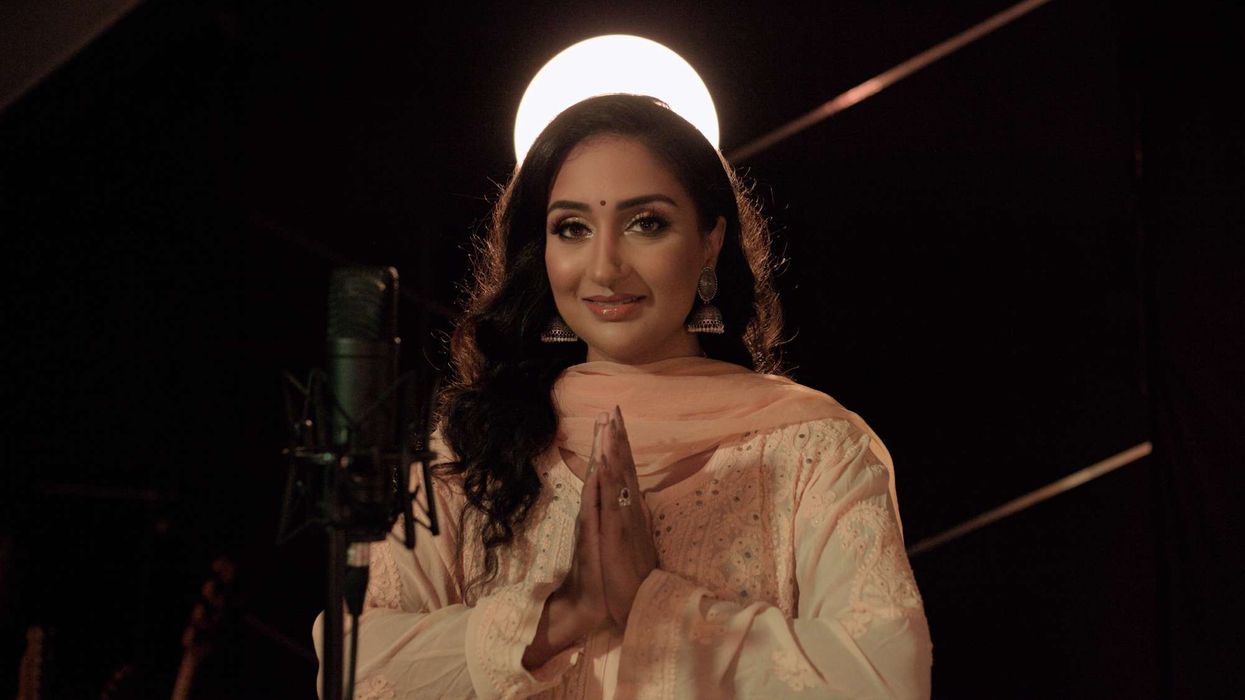“I HAVE always enjoyed watching theatre and it mesmerised me even as an audience. I never thought I would do theatre as I think it’s one of the most difficult platforms to perform on, but I am blessed in that today I am performing plays in different languages. It is difficult to choose just 10 moments because every show I have watched or been part of has given me something, but here are the ones that come to mind.”
My first performance: Thinking about my first technical show before the performance of That’s My Girl makes me go through a range of emotions from nervous to happy. That particular show is etched in my heart and memory forever, as obviously, first is always special and it was on the same date as my father’s death anniversary. The play was also a father-daughter story. It was magical being on stage, and I learned a lot with this production. I was super happy to learn and since then, I consider theatre my gurukul.
Memorable scene: I performed a scene in That’s My Girl where the daughter is telling the father that she has come to Bombay to become an actress. Anant Mahadevan sir, who plays my father, is an actor and director, so somehow this scene became real. I felt we were not on stage even though there was a packed house. That moment became so real that I wasn’t mentally playing the character anymore, and he realised I had zoned off and brought me back to the play. The audience did not get the faintest idea of what had happened, but we had a laugh about it post the show.
The Ahmedabad slip: I was so nervous performing outside Mumbai for the first time and had to face the prospect of a packed house in Ahmedabad. I didn’t get time to remove my socks and remember slipping on stage. I entered saying my dialogue, slipped and went rolling from one wing to other. Luckily, I kept saying my dialogues and people thought it was part of the play, so applauded. Even though I hurt myself in that moment, that slip later became a part of subsequent performances.
Mic drop: One time on stage the transmitter fell off and was on the floor, but luckily the mic remained attached to my collar. I ended up doing the entire first half holding the mic transmitter in my right hand and kept doing the gestures with the left, as I couldn’t exit the stage at any point and didn’t want to interrupt the momentum of the play. That day I realised the importance of Raj Kapoor’s dialogue, “the show must go on”.
The poem: In That’s My Girl, there is a poem I narrate to my father, and every time I recite it I feel my papa can hear it from his spirit world. I still get teary-eyed, in spite of having more than 30 shows and reciting it numerous times
Audience moment: I will never forget watching the show Raunak and Jassi. I was so mesmerised by the songs and dance that I felt I was watching a real love story. During one song, I wanted to get up and start dancing. I wish I could do a Broadway style dance show like that.
Raavanleela: Comedy of errors Raavanleela is about what goes on backstage before a show and was so hilarious I almost fell off my seat with laughter. Now I know how difficult it must be to do comedy live with a straight face, especially when the audience is laughing.
First time: I remember Class Of 84, which was the first play I watched. I enjoyed it so much that I started watching plays when I was in school. Seeing actors on stage just talking and emoting made me fall in love with theatre.
Vagina Monologues: This is a play I watched thrice at different stages of my life. I realised every time, in spite of so many shows, it offered something new. All the ladies emoted so much just through their voice modulations. Hats off to each and every actor who has performed it. I also bought the book and each of those characters were playing in my mind while I read it.
Blind Date: My latest play Blind Date is in Hindi and different to anything I have experienced in the theatre. It has gifted me many memorable moments, including a scene where I am supposed to act that I am blind and learning how to be independent.
Shweta Rohira is an acclaimed Indian actress. Follow her on Twitter & Instagram:
@ShwetaRohira





 British singer Hemina Shah has never stopped evolvingHemina Shah
British singer Hemina Shah has never stopped evolvingHemina Shah






